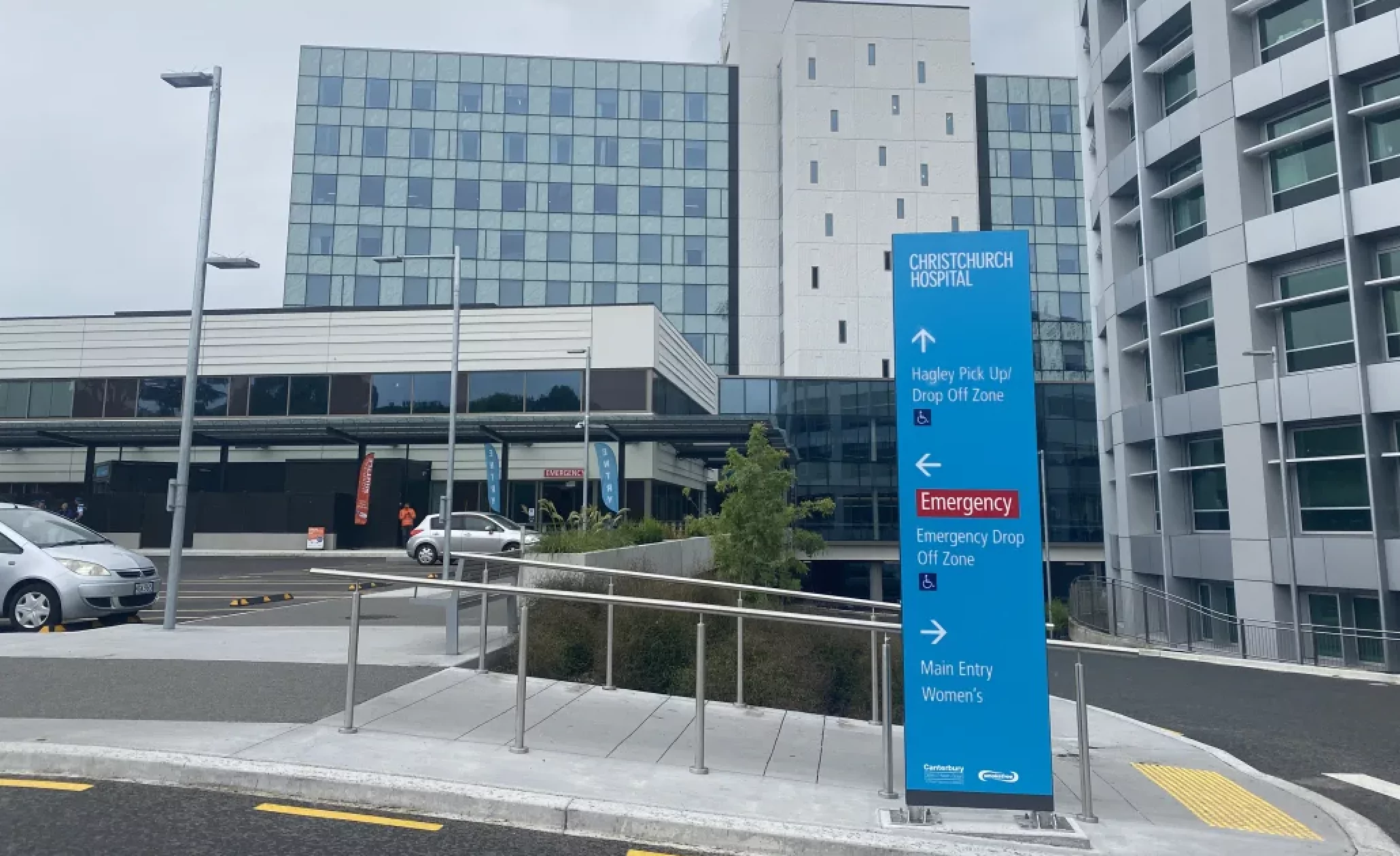Escaped youth tracked by Eagle helicopter, found hiding in New Brighton
The young person who escaped from a youth justice facility in Rolleston has been located...

Health New Zealand has responded to a claim by an Emergency Doctor at Christchurch Hospital, who said patients are dying in the waiting rooms and corridors because of a severe lack of resources and staff shortages.
The claim was made by a senior doctor at Christchurch Hospital in a One News report on Sunday.
The Emergency Department doctor said “Patients are dying now really because of substandard care. Patients dying in the waiting room and corridors or who leave and literally drop dead in the car park. So that’s all happened. That’s atrocious care at some stage and it hurts the staff when things like that happen.
“We’re in code red every day. Now that’s our highest code of overload, and part of that plan, at some stage, is to set up a care facility outside of ED, literally a tent.”
In a statement to Chris Lynch Media, Phil Wheble, Health New Zealand, Acting Executive Regional Director – South Island, responded to the claims, saying some of it was “out of context”.
“Some of the claims are based on historical incidents, including reference to a very sad event from three years ago in a carpark.
“There are volume pressures at Christchurch Hospital’s emergency department, but steps are being taken to manage this and improve the acute flow, Mr Wheble said.
“It’s important to recognise that while Christchurch has one of the busiest emergency departments in the country, with the highest number of presentations, last quarter 81.5% of patients were admitted, discharged or transferred within six hours, thanks to our amazing team of hard-working staff.”
In response to the ED Doctor saying Christchurch Hospital was in a “code red” everyday, Hamish Brown, Health New Zealand Group Director of Operations for Canterbury – Waitaha told Chris Lynch Media Christchurch’s Emergency Department is always very busy, however recent weeks have been busier than usual.
“Our hospital has been in and out of critical overload for the past three-four weeks due to very high presentation rates, he said.
“It’s important to note that criteria for moving through the scoring system takes into account a range of factors including staffing, complexities of patients and occupancy, the latter of which fluctuates from day to day, and even hour to hour, depending on the volume of patients being admitted or discharged.”
Individual hospitals choose the colours on their ‘at a glance screens’ as a way of eliciting actions that address a mismatch between demand and capacity.
‘Overload’ is the equivalent of Code Orange, while ‘Critical Overload’ is the equivalent of Code Red.
Health New Zealand, Acting Executive Regional Director – South Island Phil Wheble says Christchurch Hospital’s emergency department is the safest place to be for anyone who needs acute emergency care, and they can be assured they and their loved ones will receive appropriate hospital care should they need it.
“Anyone needing urgent or emergency care should come directly to the ED or call 111. Our ED remains open 24/7, 365 days a year. We never turn away anyone needing hospital-level care.
“While our emergency department is always busy at this time of year, I am grateful to our hardworking teams that are providing outstanding patient care and are working hard to improve flow across our hospital.”
Mr Wheble says patients are triaged and prioritised based on clinical need, so those with less urgent conditions may experience longer waits.
“Staff continue to provide the best care possible, and we thank those patients who are waiting for their understanding.”

